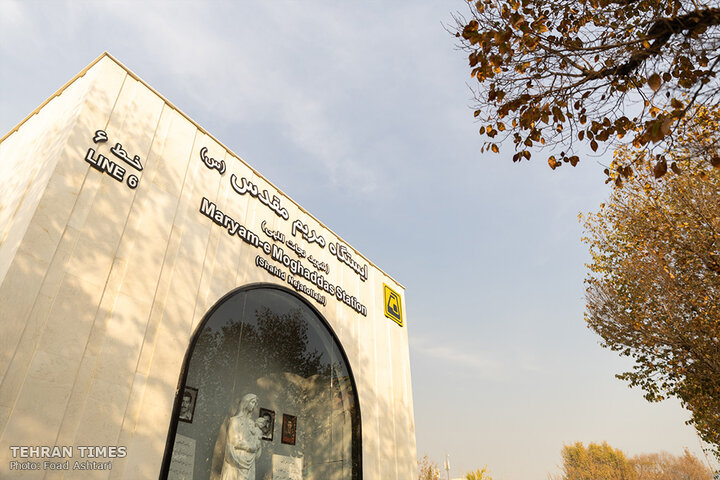-
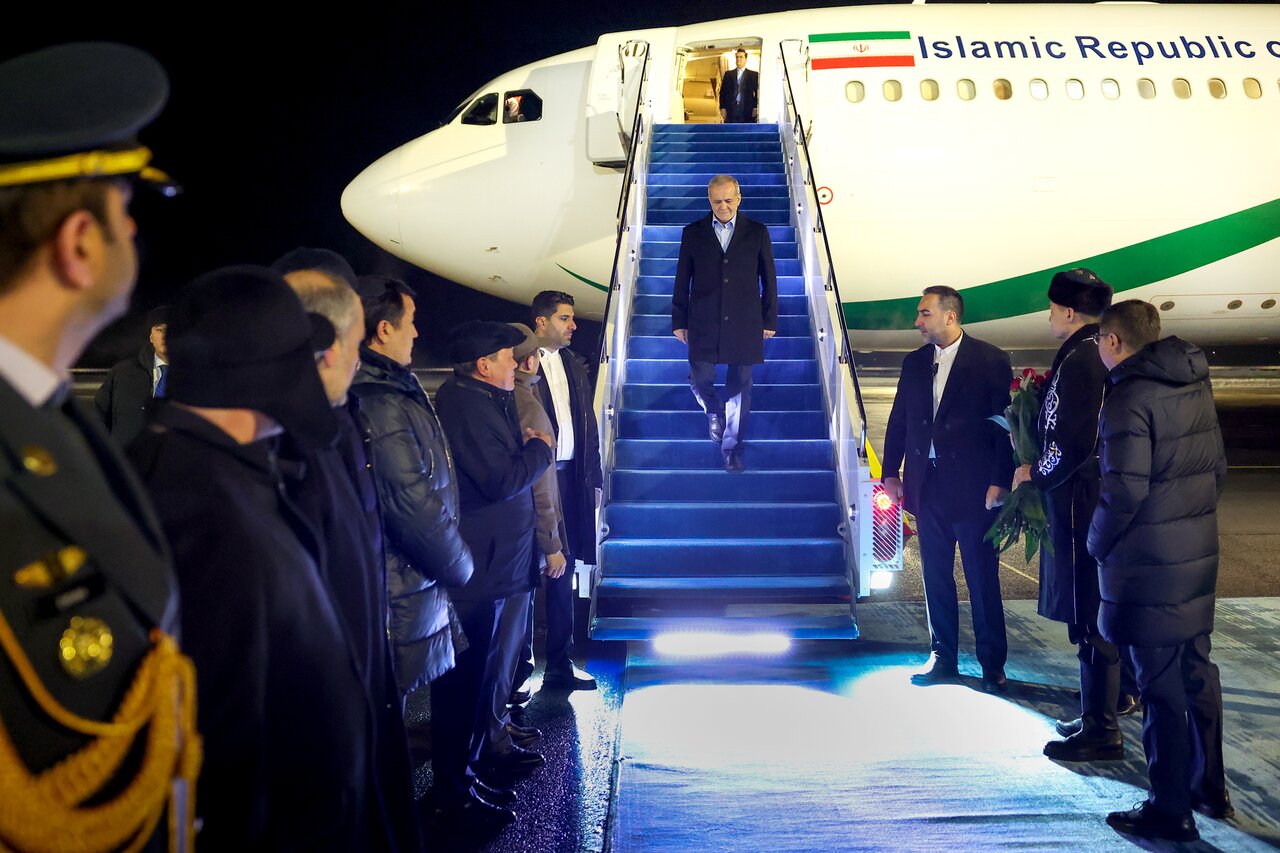 2025-12-10 22:48
2025-12-10 22:48
Strengthening Iran’s ties with Central Asia
Pezeshkian leads a high-level delegation to Astana and Ashgabat to expand economic and political partnerships
TEHRAN – President Masoud Pezeshkian departed Tehran on Wednesday for Kazakhstan and Turkmenistan, a two-day trip designed to advance economic agreements and participate in a regional conference on peace and trust-building.
-
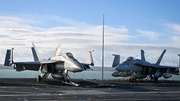
By Shahrokh Saei
Trump’s psychological warfare over Venezuela’s skies
TEHRAN – The United States has intensified its pressure on Venezuela by sending two Navy F/A 18 fighter jets over the Gulf of Venezuela. Although the Pentagon described the maneuver as a routine training flight, the timing and proximity to Venezuelan airspace made it appear far from routine.
-

By Garsha Vazirian
The traitor’s grave buries Israel’s proxy dream in Gaza
How Abu Shabab’s downfall exposes the limits of imposed governance and the resilience of social legitimacy
TEHRAN – When the ISIS-linked Yasser Abu Shabab fell, Israel lost more than a proxy commander. Tel Aviv saw its “day after” blueprint for Gaza shaken at the roots.
-
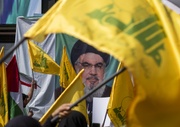
By Sondoss Al Asaad
Hezbollah’s role in Syria: 10 years that reshaped West Asia
BEIRUT — On the first anniversary of Syria’s collapse, Hezbollah’s intervention stands as one of the most consequential, and persistently distorted, events in contemporary regional history.
-

By Wesam Bahrani
How Israel benefits from Gaza destruction
TEHRAN – Hamas has warned that Zionist regime’s violations are preventing the truce from advancing to its crucial second phase.
-

U.S. deployment of warships to Caribbean violates international law: Iran President
TEHRAN – Iran’s President Masoud Pezeshkian has dismissed Washington’s deployment of warships to the Caribbean as a threat to international peace and security.
Politics
-

Araghchi calls for ‘strong region’ as Tehran hosts high-level China–Saudi consultations
TEHRAN – Iran’s Foreign Minister Abbas Araghchi says Tehran is working toward a “strong region” free from the “destabilizing interference” of certain external powers.
-

3 IRGC forces killed by terrorists near Iran’s southeast border
TEHRAN – Three members of the Islamic Republic of Iran’s Guards Corps (IRGC) have been martyred by terror cells in a border area in the city of Zahedan in the southeastern Iranian province of Sistan and Baluchestan.
-

Relations with Azerbaijan entering ‘bright new chapter’, says Iran FM
TEHRAN – Iranian Foreign Minister Seyed Abbas Araghchi says Iran and Azerbaijan are poised to enter a “new and bright chapter” in relations, emphasizing that the long-standing ties between the two neighbors are anchored in shared history, culture, and strategic interests.
Sports
-

Sepahan edge Aluminum, Esteghlal held by Malavan: PGPL
TEHRAN – Sepahan fought to a 1-0 victory over Aluminum in the 2025/26 Persian Gulf Professional League (PGPL) on Wednesday.
-

Iranian Para powerlifter Pouladi celebrates gold at AYPG
TEHRAN – Iranian para powerlifter Zahra Pouladi won gold medal on Wednesday at the 2025 Asian Youth Para Games (AYPG).
-

Para powerlifters start on a high note: 2025 AYPG
TEHRAN – Three Iranian para powerlifters won gold medals on Wednesday at the 2025 Asian Youth Para Games.
Culture
-

“Black Rabbit, White Rabbit” wins best picture award at Hainan Island International Film Festival
TEHRAN – “Black Rabbit, White Rabbit” directed by Iranian filmmaker Shahram Mokri won an award at the 7th Hainan Island International Film Festival (HIIFF), which was held from December 3 to 8, in Sanya, China.
-

Renowned photographer Alfred Yaghobzadeh to lead workshop on war photography in Tehran
TEHRAN- A specialized session titled "War Photography and Social Documentary" will be held in Tehran with the participation of renowned international photographer and award-winning artist Alfred Yaghobzadeh.
-

Major visual art exhibition to open in Tehran, celebrating Mother’s Day
TEHRAN- An art exhibition titled "In the Frame of Heaven" dedicated to the theme of motherhood is set to open at the Iranian Academy of Arts (IAA)in Tehran on Thursday.
Economy
-

Land–Sea Alliance seen as gateway to expanding China–Iran economic ties
TEHRAN – Iran and China are looking to deepen economic and trade cooperation through the International Land–Sea Trade Corridor, with senior officials highlighting the platform’s role in connecting member states and improving living standards across the region.
-

ICCIMA head outlines 6 steps to boost trade with Kazakhstan
TEHRAN – The head of Iran Chamber of Commerce, Industries, Mines and Agriculture (ICCIMA) said on Wednesday that a set of practical measures, including formalized barter, a joint financial mechanism and long-term involvement in Kazakhstan’s infrastructure projects, could significantly expand bilateral trade.
-
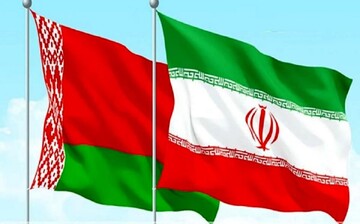
Iran, Belarus to expand cooperation across farming, forestry, veterinary services
TEHRAN – Iran’s agriculture minister and Belarus’ industry minister agreed to expand cooperation across farming, forestry, veterinary services, and plant and animal quarantine, with commitments to jointly produce agricultural machinery and potash fertilizer, the Agriculture Ministry said.
Society
-

DOE, UNEP discuss environmental challenges at UNEA-7
TEHRAN – Shina Ansari, the head of the Department of Environment (DOE), and Inger Andersen, the Under-Secretary-General of the United Nations and Executive Director of the United Nations Environment Programme (UNEP), have discussed environmental challenges in the country.
-

Tehran, Ankara underscore expanding scientific ties
TEHRAN – Iranian Science, Research and Technology Minister, Hossein Simaei-Sarraf, and Turkish Ambassador to Tehran, Hicabi Kirlangic, have discussed avenues for enhancing scientific and educational collaborations between the two countries.
-
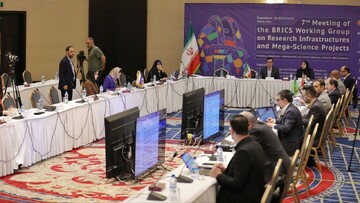
BRICS meeting: Iran proposes expanding joint scientific infrastructures
TEHRAN – Hosting the 7th meeting of BRICS working groups on research infrastructures and mega-science projects, Iran has proposed the development of joint scientific infrastructures.
Tourism
-
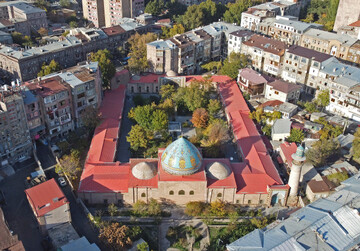
Tehran requests new restoration phase for Yerevan’s Blue Mosque
TEHRAN - Iran has formally asked the Armenian government to begin a new phase of restoration work at the Blue Mosque in Yerevan during a recent visit by senior Iranian tourism officials.
-

Women preserve ‘Tal-o Mahtal’ ritual for rain in Iran’s Qaleh Bala village
TEHRAN – The ancient rain-seeking ritual Tal-o Mahtal, observed in Iran’s Qaleh Bala village, is originated as a community response to recurring desert droughts and continues to be practiced today. The ceremony is listed as part of the national intangible cultural heritage.
-

Facial reconstruction portrays man lived c. 10,000 years ago in western Iran
TEHRAN – An international team of archaeologists and researchers has produced a facial reconstruction of a young man who lived around 10,000 years ago at Ganj Dareh, a Neolithic site in western Iran.
International
-

The traitor’s grave buries Israel’s proxy dream in Gaza
TEHRAN – When the ISIS-linked Yasser Abu Shabab fell, Israel lost more than a proxy commander. Tel Aviv saw its “day after” blueprint for Gaza shaken at the roots.
-

Hezbollah’s role in Syria: 10 years that reshaped West Asia
BEIRUT — On the first anniversary of Syria’s collapse, Hezbollah’s intervention stands as one of the most consequential, and persistently distorted, events in contemporary regional history.
-

How Israel benefits from Gaza destruction
TEHRAN – Hamas has warned that Zionist regime’s violations are preventing the truce from advancing to its crucial second phase.
Video Comment
-

Ayatollah Khamenei’s vision of freedom and humanity discussed in intl. conference
-

Iran hosts SCO joint anti-terror drills
-

Holy Mary Metro Station marks interfaith unity in Tehran
-

Academics analyze social dimensions of Resistance in Tehran conference
-

Culture minister highlights year of progress in arts, global image enhancement
Most Viewed
-
Iran’s stand in the 12-day war undermined U.S.-Israeli strategy, says Philippine scholar
-
China backs expanding Iran–Saudi ties at trilateral meeting
-
From Oracle to Starlink: Lebanon’s security sovereignty in the wind
-
Iran line up Portugal for 2026 World Cup prep
-
Is Israel’s mirage of victory in Gaza fading?
-
Strategic autonomy in practice: India and Eurasia’s reconfiguration
-
Global turn toward replicating Iranian drones highlights Tehran’s military ascendancy: top general
-
Iran president due in Turkmenistan, Kazakhstan on two-day tour
-
3 IRGC forces killed by terrorists near Iran’s southeast border
-
Iran remains a priority in the U.S. confrontational strategy
-
Iran, Belarus hold 18th Joint Economic committee meeting in Tehran
-
Iran, Armenia to form joint working commission to ease border travel
-
Politics on the Pitch
-
Strengthening Iran’s ties with Central Asia
-
Sumatra floods show the real impact of extractive capitalism




